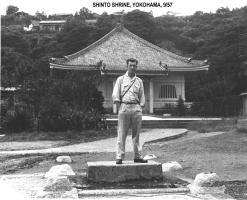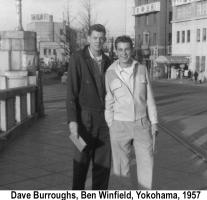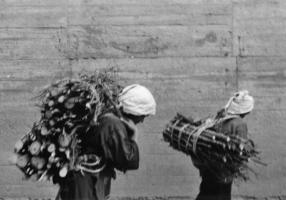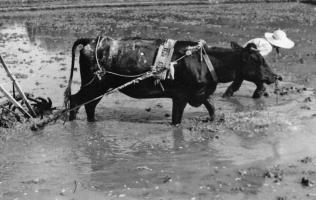
| Home | | | Back |
| NSGA KamiSeya, Japan - circa 1957 |
| Images from Richard Kivi (former CTR2) |
| Please scroll-down. There are 14 photos. Click-on each photo to enlarge and read the page. A NEW BROWSER WINDOW WILL OPEN WHEN YOU CLICK-ON THE PHOTO(S) SHOWN BELOW. PLEASE CLOSE THAT NEW BROWSER WINDOW TO RETURN TO THIS MAIN WINDOW. |
 |
Ben was a natural linguist and had a good command of Japanese. I went on one of my first liberties with him and it was a kick to hear him chatter with the cabbies. |
 It wasn't all high end. Most Japanese had to work very hard for very little. The economy was still rebounding. |
 This was before Kubota tractors became so big. |
| Home | | | Back |